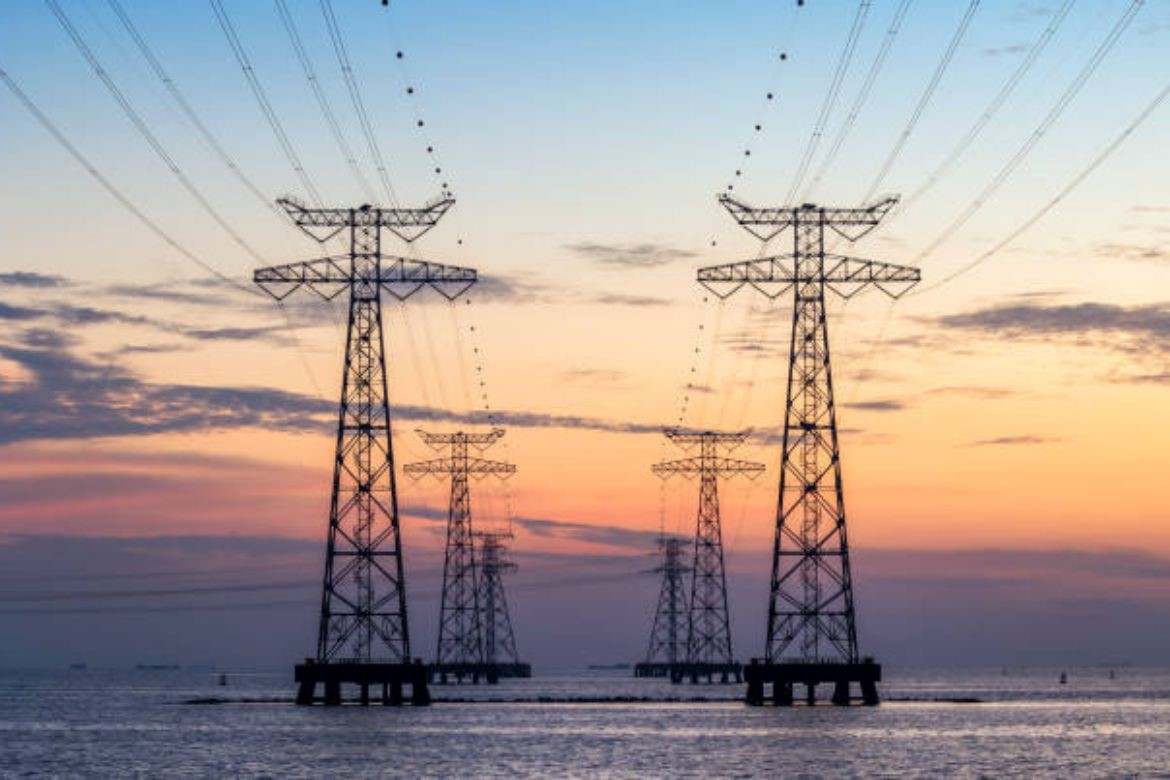How to Maintain and Troubleshoot Your Marine Electronics
Marine electronics are the heart and soul of any modern seafaring vessel. They ensure safety, improve navigation, and enhance the overall boating experience. However, just like any other electronic equipment, marine electronics require regular maintenance and occasional troubleshooting to keep them in top working condition. In this guide, we’ll dive into practical tips and best practices for maintaining and troubleshooting your marine electronics, ensuring they serve you well for many voyages to come.
Understanding Marine Electronics
Before we delve into maintenance and troubleshooting, it’s essential to understand what marine electronics encompass. These systems include a range of devices such as GPS chartplotters, fish finders, marine radios, autopilots, radar systems, and more. Each of these components plays a crucial role in ensuring a safe and efficient maritime journey.
Regular Maintenance Tips for Marine Electronics
1. Keep it Clean
Saltwater and marine environments are harsh on electronics. Salt can corrode connectors and components, leading to failures. Regularly clean your equipment with fresh water and a soft cloth. Avoid using harsh chemicals or abrasive materials that can damage screens and housings.
2. Inspect Connections and Cables
Regularly inspect all connections and cables for signs of wear and tear. Look for frayed wires, loose connectors, and corrosion. Clean connectors with a contact cleaner and apply a dielectric grease to prevent future corrosion. Secure any loose cables to prevent damage from movement or vibration.
3. Software Updates
Manufacturers frequently release software updates to fix bugs, improve performance, and add new features. Regularly check for updates and install them as recommended. Updated software can significantly enhance the functionality and reliability of your marine electronics.
4. Battery Maintenance
Marine electronics are often powered by the boat’s battery system. Ensure your batteries are in good condition and adequately charged. Clean battery terminals and check for corrosion. Regularly test your battery’s voltage and replace it if it shows signs of weakness.
5. Environmental Protection
Protect your electronics from extreme temperatures and moisture. Use covers and enclosures designed for marine environments. When storing your boat, remove or cover electronic devices to shield them from the elements.
Troubleshooting Common Issues
Despite regular maintenance, issues can still arise. Here’s how to troubleshoot some common problems with marine electronics.
1. Power Issues
No Power
If your marine electronics are not powering on, start by checking the power source. Ensure the battery is charged and the power cables are securely connected. Inspect the fuse and replace it if blown. Sometimes, a simple reset by disconnecting and reconnecting the power source can solve the problem.
Intermittent Power
Intermittent power issues can be due to loose connections or corroded terminals. Check all connections and clean any corrosion. Tighten any loose connectors. If the problem persists, the issue might be within the device itself, requiring professional repair.
2. Display Problems
Blank Screen
A blank screen can be alarming. Start by checking the power supply and connections. Ensure the brightness is turned up, as a dim display might appear blank in bright sunlight. If the screen remains blank, try a hard reset or consult the manufacturer’s manual for troubleshooting tips.
Flickering Screen
A flickering screen often indicates a power supply issue. Check the voltage output from the battery and ensure it meets the device’s requirements. Inspect connections and cables for any signs of damage. If everything appears normal, the issue could be with the display itself, needing professional attention.
3. GPS and Navigation Issues
Weak or No Signal
If your GPS is not acquiring a signal, ensure the antenna has a clear view of the sky. Obstructions can interfere with signal reception. Check the antenna connections and look for any signs of damage. Software updates can also resolve signal issues, so ensure your system is up to date.
Inaccurate Positioning
Inaccurate GPS positioning can result from outdated maps or software. Regularly update your maps and GPS software. Check for any magnetic interference near the GPS antenna, as this can also affect accuracy.
4. Communication Problems
Radio Not Transmitting or Receiving
If your marine radio is not transmitting or receiving signals, check the antenna connection and ensure it is properly installed. Inspect the microphone and speaker for any signs of damage. Test the radio with a known good antenna to rule out antenna issues. If problems persist, internal components of the radio might be at fault.
5. Fish Finder Issues
No Readings
When your fish finder shows no readings, ensure the transducer is correctly installed and not obstructed by any objects. Clean the transducer to remove any marine growth or debris. Check the cable connections for any damage. Software updates can also improve the performance of fish finders, so ensure your system is current.
Inaccurate Readings
Inaccurate readings can be due to improper transducer placement. Ensure it is installed at the correct depth and angle. Adjust the sensitivity settings on your fish finder to get clearer readings. Interference from other electronic devices can also affect accuracy, so try to minimize such interference.
Professional Help vs. DIY
While many maintenance and troubleshooting tasks can be performed by boat owners, some issues might require professional help. If you encounter persistent problems or issues beyond your expertise, it’s best to consult a professional marine electronics technician. They have the tools and knowledge to diagnose and repair complex problems.
Final Thoughts
Maintaining and troubleshooting your marine electronics is crucial for ensuring a safe and enjoyable boating experience. Regular maintenance, such as cleaning, inspecting connections, updating software, and protecting your devices from the environment, can prevent many common issues. When problems do arise, systematic troubleshooting can often identify and resolve the issue. However, don’t hesitate to seek professional help when needed.
By following these guidelines, you can ensure that your marine electronics remain reliable and efficient, providing you with peace of mind on all your maritime adventures. Whether you’re navigating unfamiliar waters, communicating with other vessels, or searching for the perfect fishing spot, well-maintained marine electronics are your trusted companions on the open sea.


